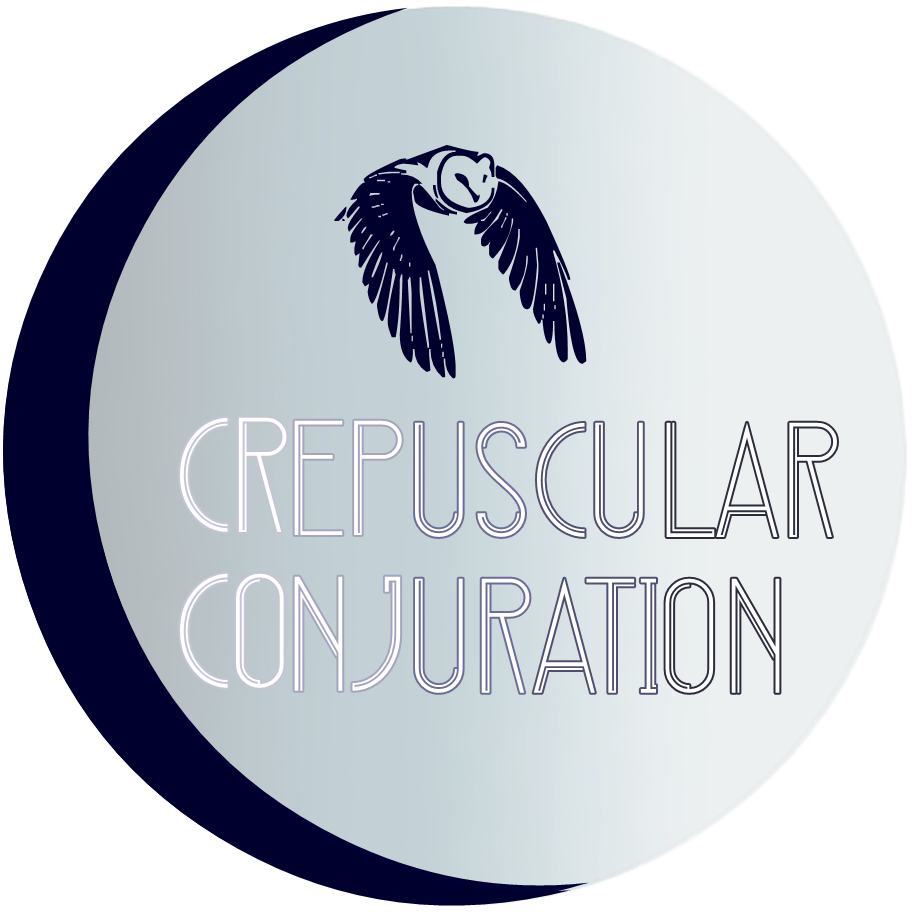Deities, Shadows, and Soulcraft: A Conversation with Raven Digitalis
In a captivating conversation with Raven Digitalis, a Montana-based witch and acclaimed author with multiple publishing houses including Llewellyn, Cross Crow Books, and Moon Books, we delved into the intricate world of contemporary witchcraft that bridges Eastern and Western mystical traditions. Raven's approach to witchcraft emphasizes service, self-awareness, and the continuous pursuit of wisdom—elements that distinguish authentic spiritual practice from superficial engagement with magical concepts.
What particularly resonates about Raven's perspective is his definition of witchcraft as self-determination and the pursuit of knowledge. "The word witch represents self-determination, the pursuit of knowledge, the connection to nature, the reverence of nature, and the pursuit of wisdom," he explains, highlighting that practitioners are "perpetually students in this world." This humility in approaching magical work creates space for genuine growth and evolution—a refreshing counterpoint to the sometimes ego-driven aspects of modern witchcraft communities.
Raven's daily practice centers around devotional relationships with deities including Bastet from Ancient Egypt and the Hindu trinity of Shiva, Shakti (Durga), and Ganapati (Ganesha). These relationships aren't merely theoretical—they form the backbone of his daily gratitude practice and spiritual alignment. This devotional aspect of witchcraft often receives less attention in popular witch discourse but represents one of the most profound ways practitioners develop their spiritual connections. The inclusion of Hindu deities alongside more commonly referenced Egyptian pantheons demonstrates the cross-cultural nature of contemporary magical practice.
Perhaps most compelling is Raven's emphasis on shadow work—confronting our inner darkness, traumas, and challenges—as an essential component of witchcraft. As the author of several books on this topic, including his "shadow triptych" series, Raven articulates how shadow work extends beyond personal psychological healing to engaging with "the shadow of the world, the shadow of nature, even the other world." This perspective elevates shadow work from merely therapeutic self-examination to a sophisticated magical paradigm for understanding reality's hidden dimensions.
Raven's advocacy for service as a central tenet of witchcraft practice provides a valuable corrective to self-centered approaches. "There's the aspect of witchcraft and witchery that's personally empowering, but then there's the aspect of service and doing good for others," he notes, suggesting that this dimension "could use a bit more emphasis in the craft." This service orientation transforms witchcraft from merely a system of personal power to a vehicle for community healing and social transformation—particularly relevant as practitioners navigate challenging sociopolitical landscapes.
The conversation also touched on Raven's interest in entheogenic substances as tools for ceremonial magic. His personal experience with psilocybin mushrooms in ritual contexts led to pivotal life insights, including his path as an author. "I became an author because of a mushroom trip," he reveals, describing visionary encounters with "elders and teachers and writers" who conveyed his life direction. This candid discussion of plant medicine within magical contexts reflects growing interest in integrating traditional entheogenic practices with contemporary witchcraft.
